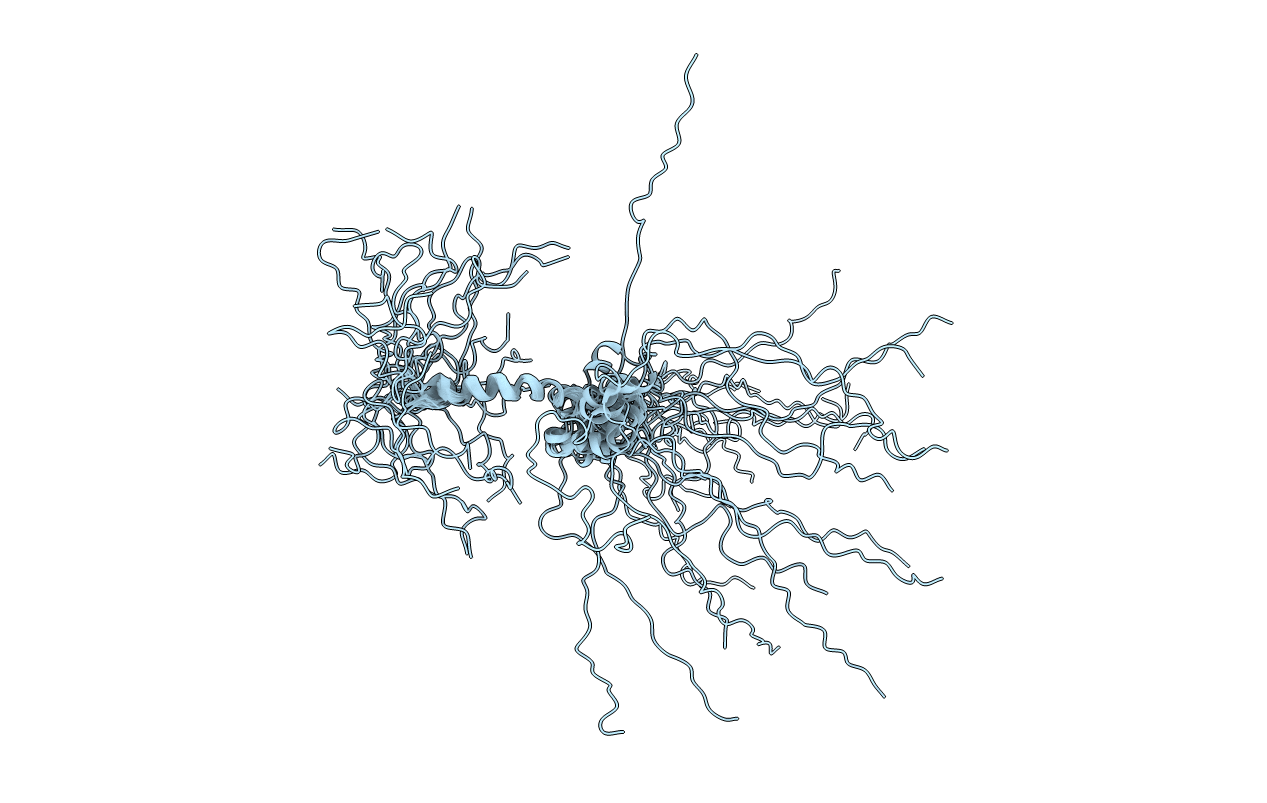
Deposition Date
2001-12-18
Release Date
2003-05-06
Last Version Date
2024-05-22
Entry Detail
PDB ID:
1KN7
Keywords:
Title:
Solution structure of the tandem inactivation domain (residues 1-75) of potassium channel RCK4 (Kv1.4)
Biological Source:
Source Organism:
Rattus norvegicus (Taxon ID: 10116)
Host Organism:
Method Details:
Experimental Method:
Conformers Calculated:
300
Conformers Submitted:
25
Selection Criteria:
structures with the least restraint violations,target function


